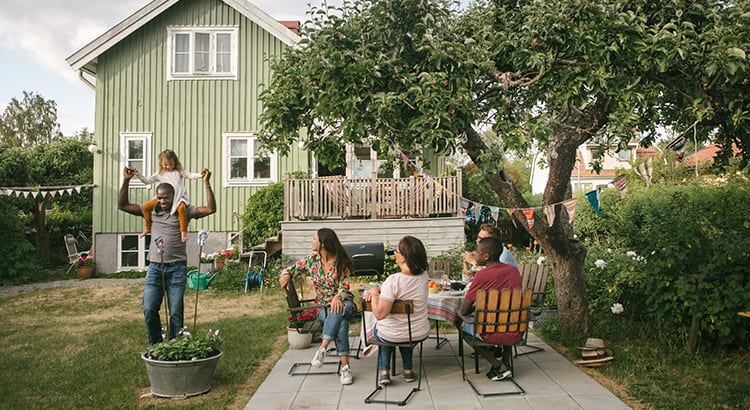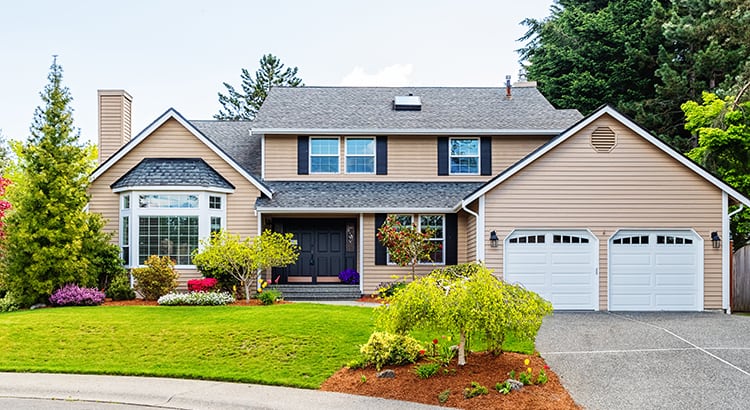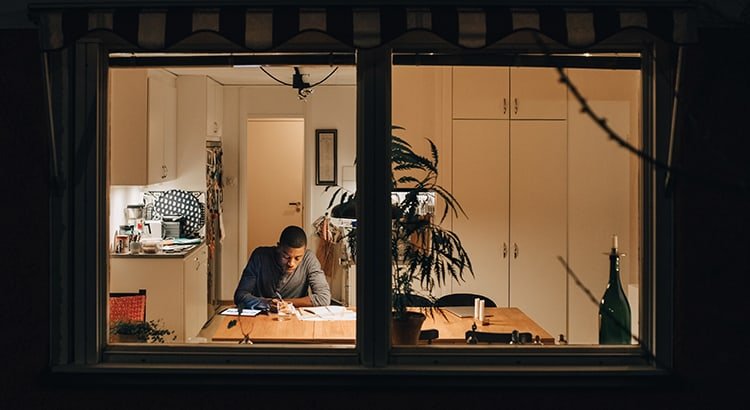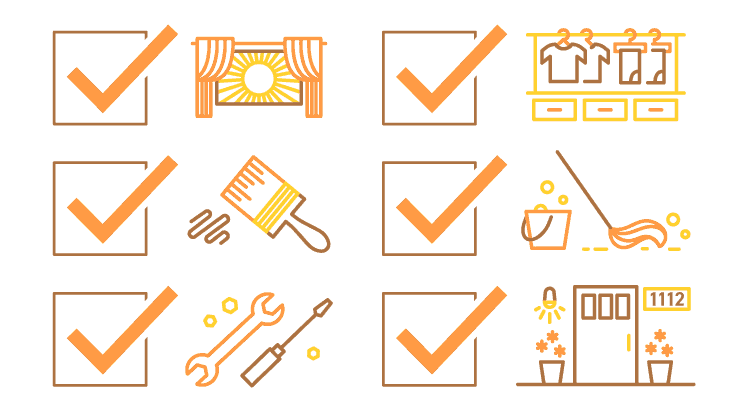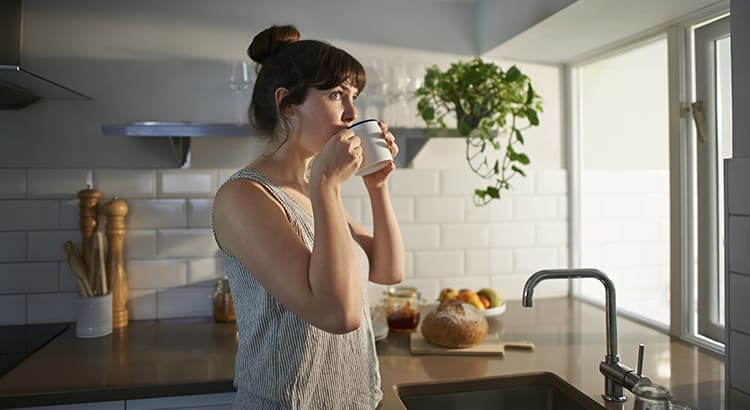Some Highlights
Pricing your house right takes market experience and expertise.
To find the best list price, your agent balances current market demand, values of homes in your neighborhood, where prices are headed, and your home’s condition.
If you’re ready to sell, don’t guess on the price. Reach out to your local real estate advisor today to price your house to attract multiple offers and maximize your return on investment.
The post Your Agent Is Key When Pricing Your House [INFOGRAPHIC] appeared first on Keeping Current Matters.… Read More




